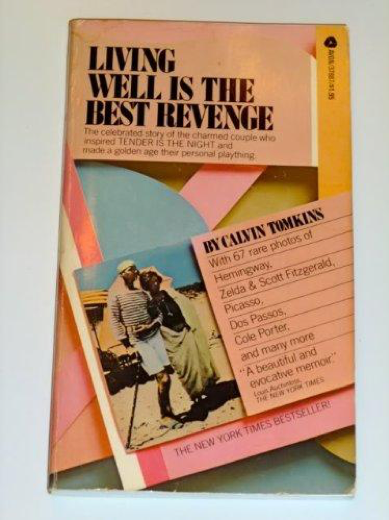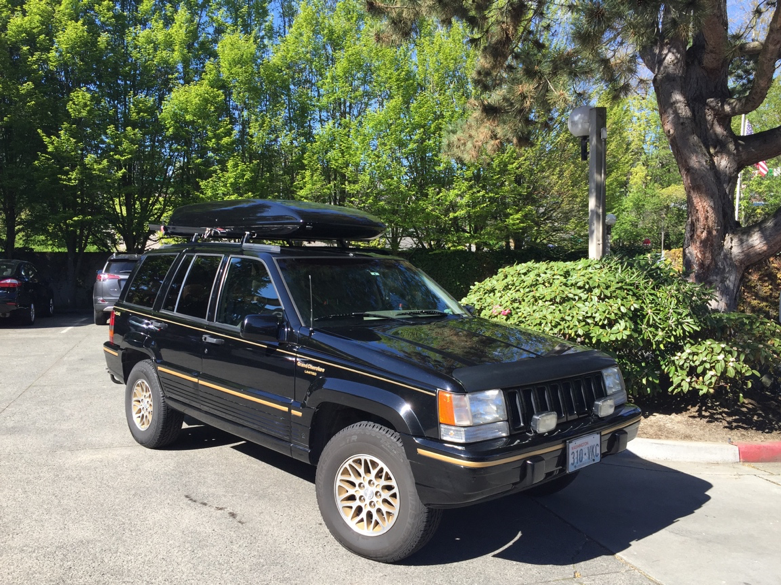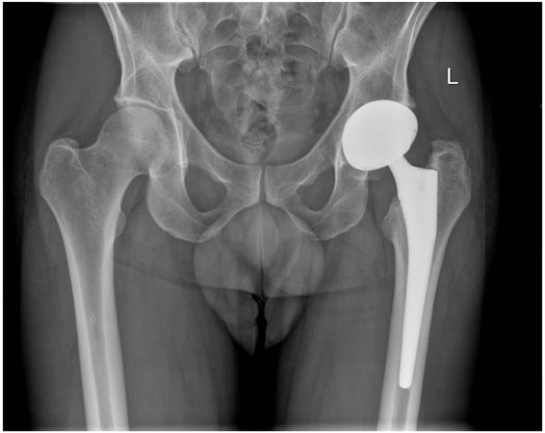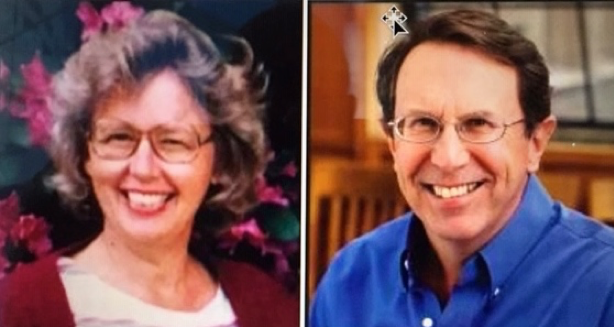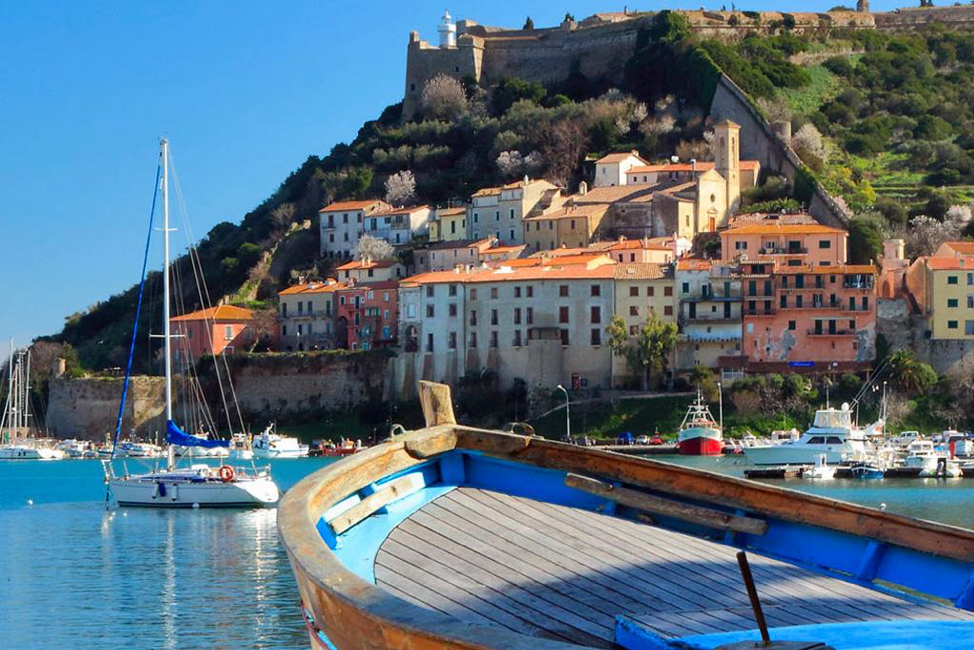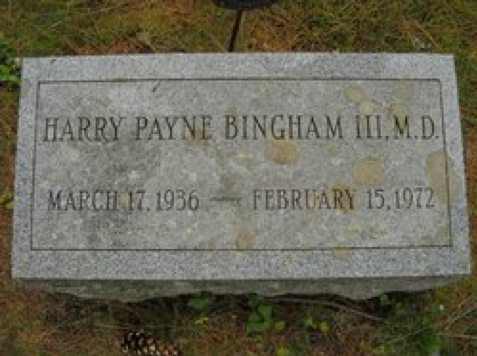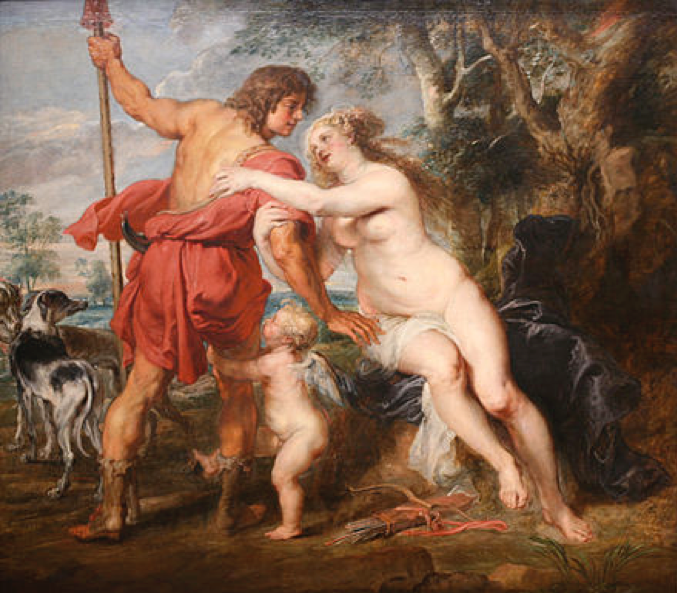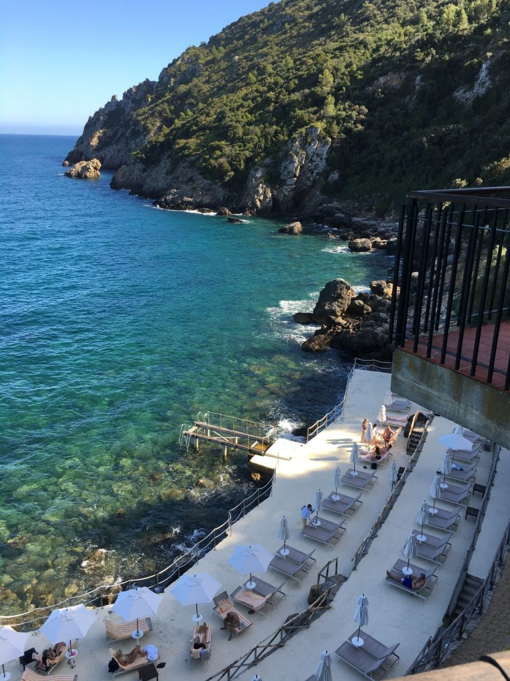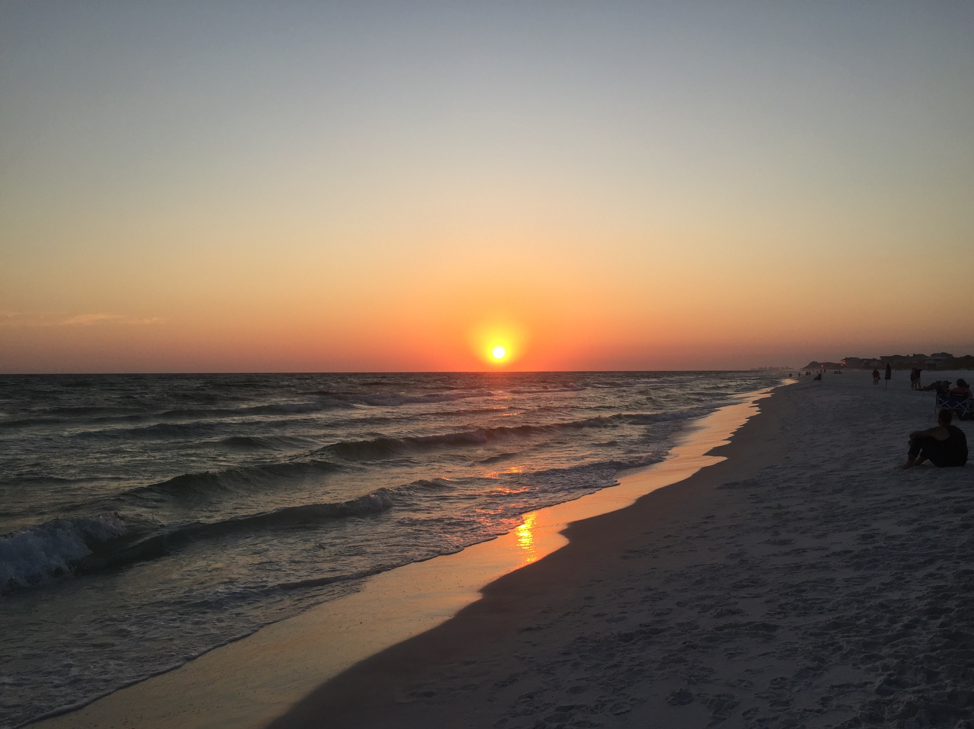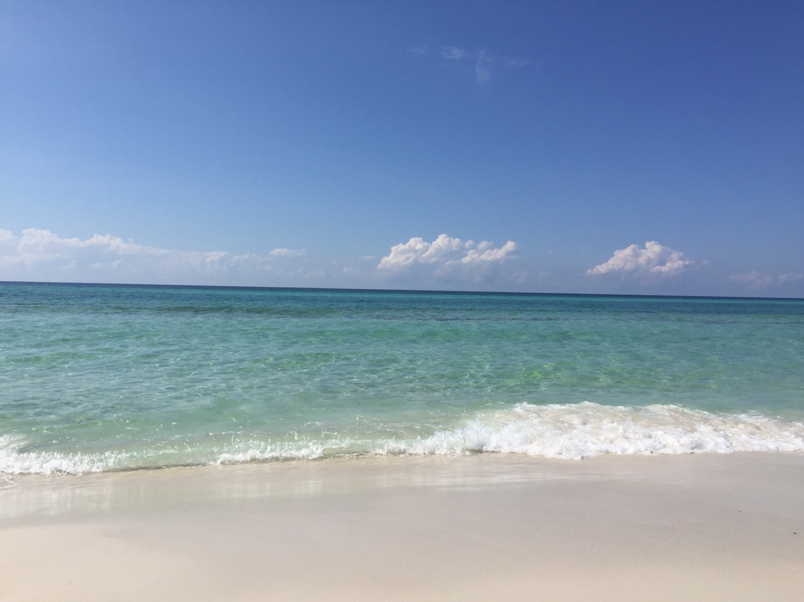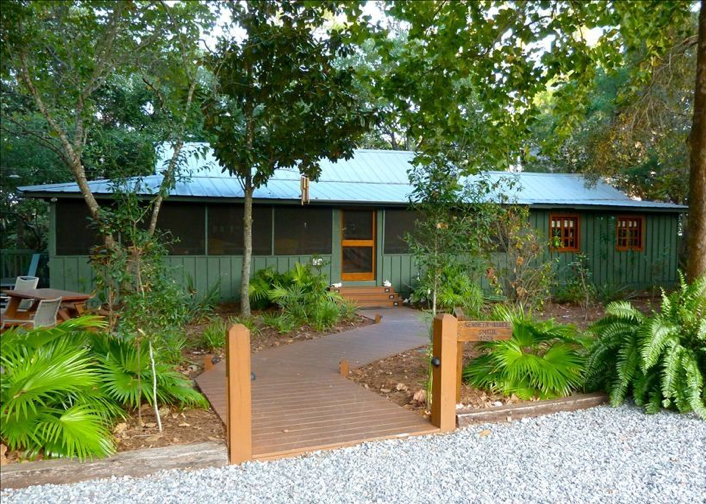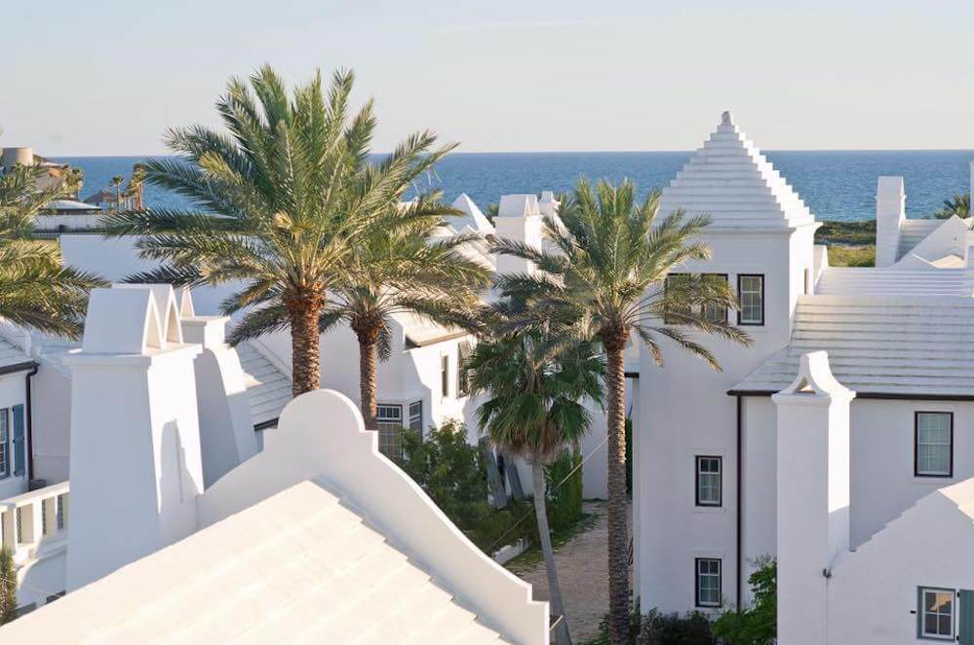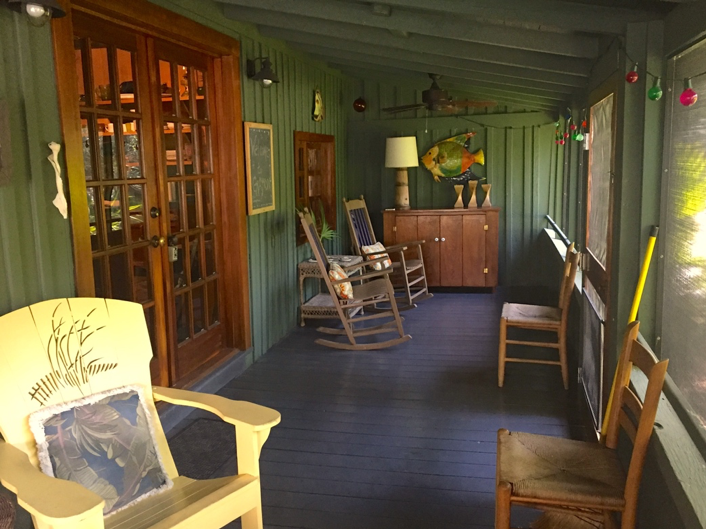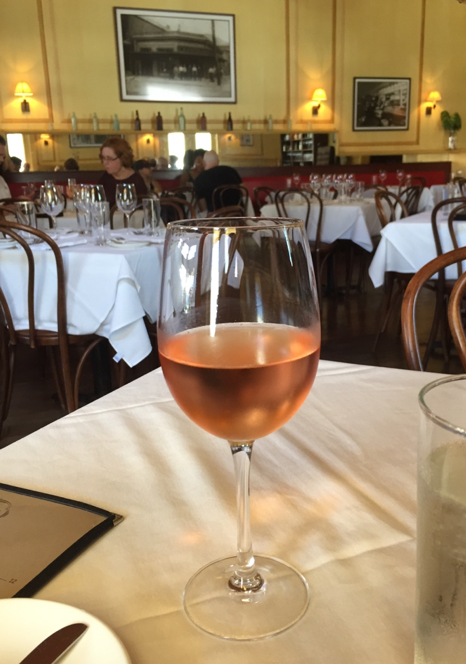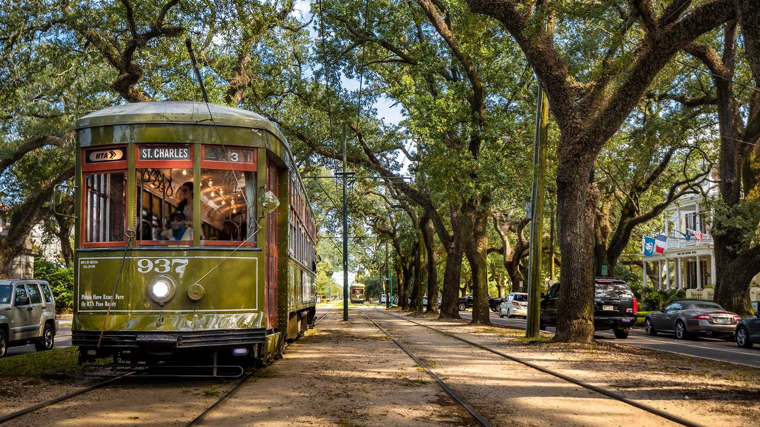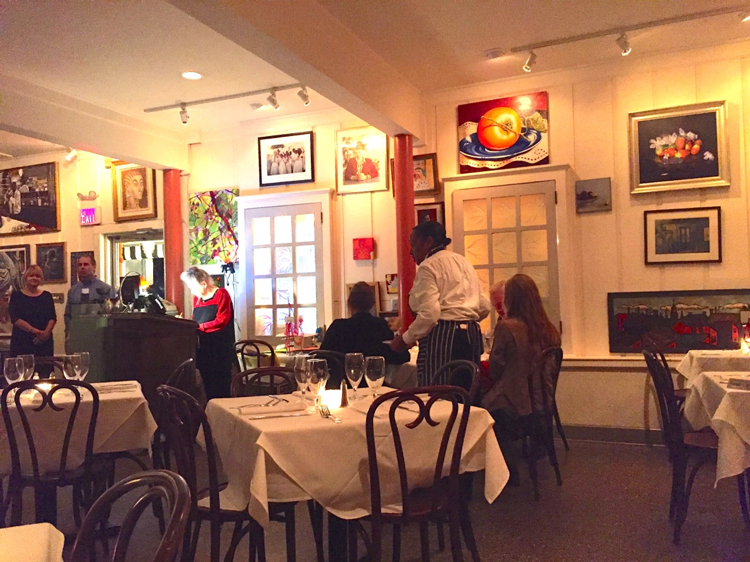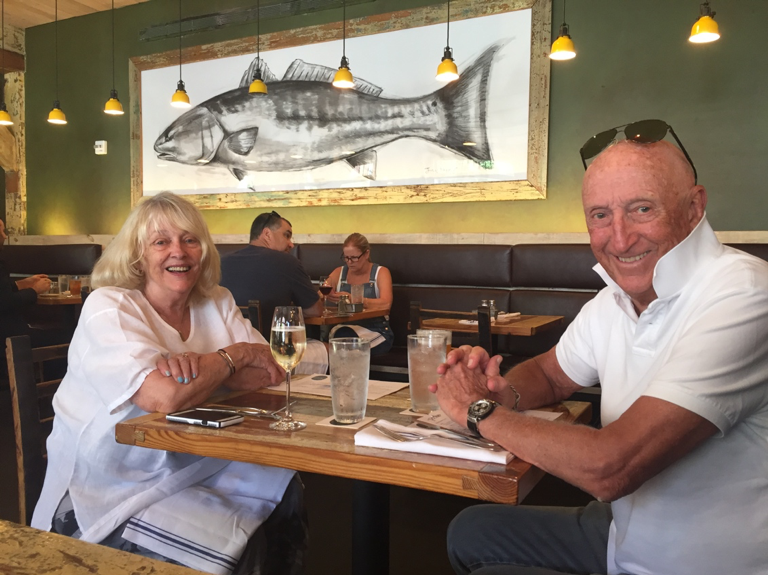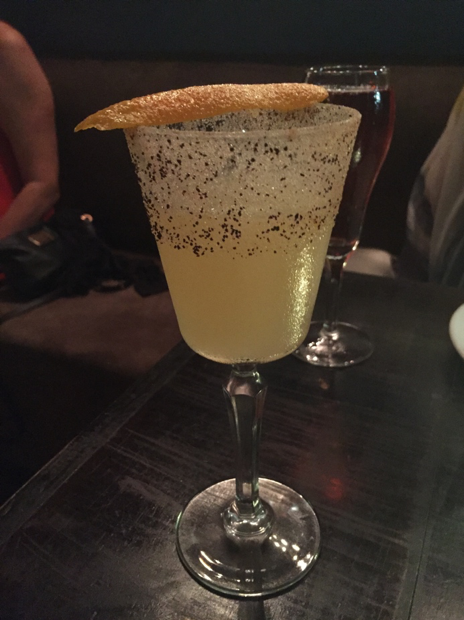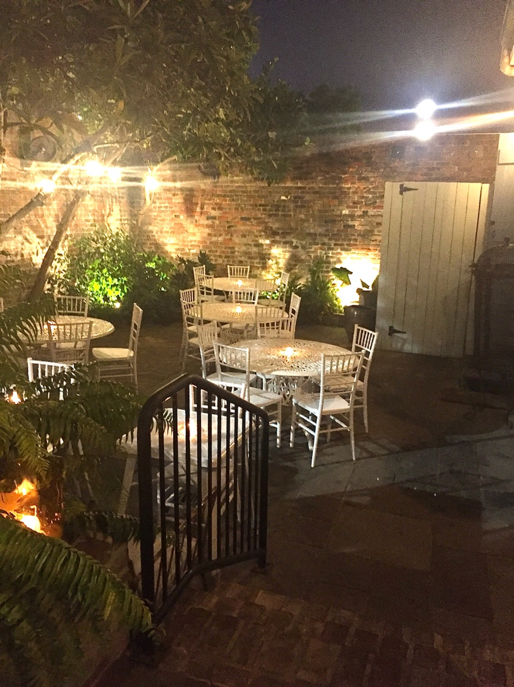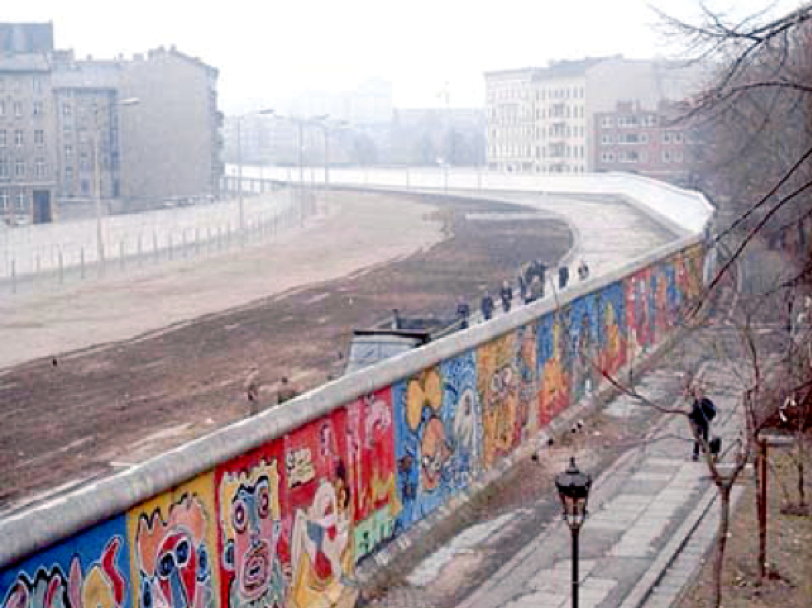
We were euphoric. On October 3, 1990 I walked through the Brandenburg Gate, the barrier dividing West Berlin its other half in the East. It was the official day of German re-unification. A year before, on November 9, 1989, the Berlin Wall had been breached, and within months the Soviet Union imploded, the Cold War ended, and the West declared victory for its values and the institutions of liberal democracy.
In the 1970’s and 80’s I lived and worked in West Berlin. And, occasionally during those years I would make a wrong turn while looking for an unfamiliar address and end up facing The Wall. It was always disarming. I was living an ordinary life – except that I couldn’t walk, bike, or drive out of the city without running the East German gauntlet of checkpoints, blockades, and restricted rest stops. Life seemed normal enough – get the kids to school, go to work, shop at the local supermarket, hang out in trendy bars and cafes, and run in the Grunewaldwith the wild boars. For the most part it seemedlike a normal life. But… there was always The Wall.
For twenty-eight years the Wall divided the city – East from West. It’s been thirty years since then, and I’m remembering those turbulent days – students dancing atop the Wall, chipping away at the concrete with hammers, singing songs and waving flags. And, I’m recalling the speed with which reunification of the two Germanys was accomplished barely a year later. I was there with tears in my eyes walking through the Brandenburg Gate.

Today, as we celebrate the 30th anniversary of its fall, our euphoria and optimism are tempered by current realities – Germany’s acceptance of more than one-million refugees from failed states in North Africa and the Middle East, the failure of a re-unified Germany to deliver the West German Miracle to all former East German citizens, the re-emergence of Russia as a political force, the rise of autocratic governments in Turkey, Hungary, and Poland, as well as America’s withdrawal from the Paris Climate Accords, the Iran nuclear treaty, the Russian nuclear non-proliferation treaty, and President Trump’s disdain for NATO and the European Union layered with his affection for dictators like Putin in Russia, Erdogan in Turkey, and Orban in Hungary.
I admire Chancellor Merkel and the German electorate, their willingness to accept displaced refugees and her unflinching leadership in the EU. She grew up on the other side of The Wall. She knows what political repression and the lack of freedom feel like. Despite pressure on her from the right, I have faith in her ability to navigate the challenges of a Europe that no longer can trust America to honor its military and economic commitments as a full partner.
Today, with pressure growing for his impeachment, due to Rudi Giuliani’s abortive shadow diplomacy“ drug deal” in the Ukraine, Trump sent Secretary of State Pompeo to Berlin to represent America at the celebration. Pompeo is walking a tightrope. He’s trying to avoid the press while Trump is digging himself a deeper hole, and my guess is he will bail soon to hide out as a Senate candidate in Kansas next year.
But, Pompeo’s remarks in Berlin surprised me; he called out Putin as “a former KGB officer stationed in Dresden” and Russia as a country that “invades its neighbors and slays political opponents.” I’m not sure the boss agrees, but the boss has his hands full with the hot breath of the impeachment dragon scorching his neck.
What happened after The Wall came down was unpredictable. Like so many situations, there was good news and bad news. The good news was Western democracies no longer had a monolithic foe in the East, the former East Berlin became a vibrant artistic and business community, and the historic buildings of “old Berlin” were integrated with some of the most adventurous and creative new architecture imaginable. The bad news is Russia’s resurgent aggression, the Middle East’s turmoil, and America’s abdication as a reliable partner.
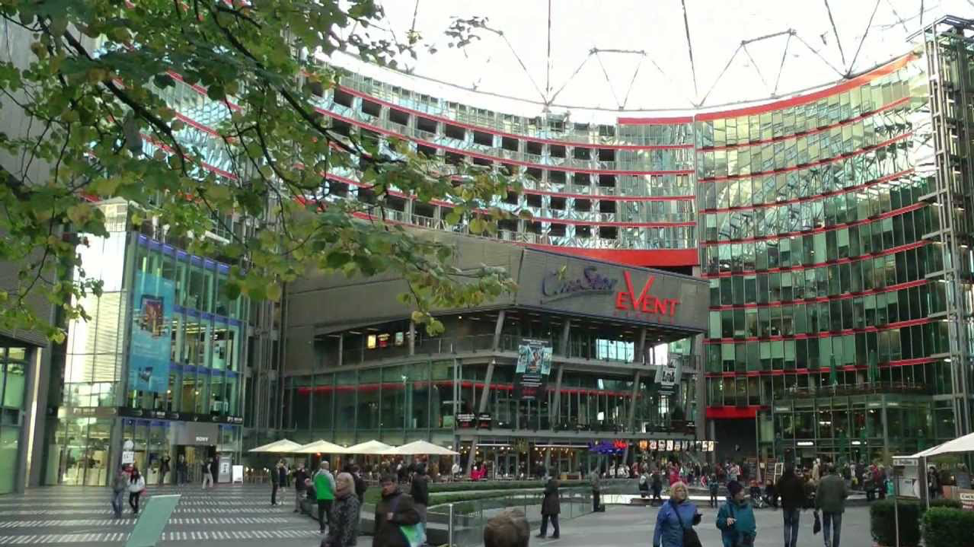
M and I spent a month in Berlin last year. We loved it. It is without doubt, the most exciting city in Europe. Today, we join with all Berliners as they celebrate the 30th anniversary of The Wall’s destruction. Let’s hope our optimism can be renewed and America’s European alliances renewed, restored, and healthy again.






